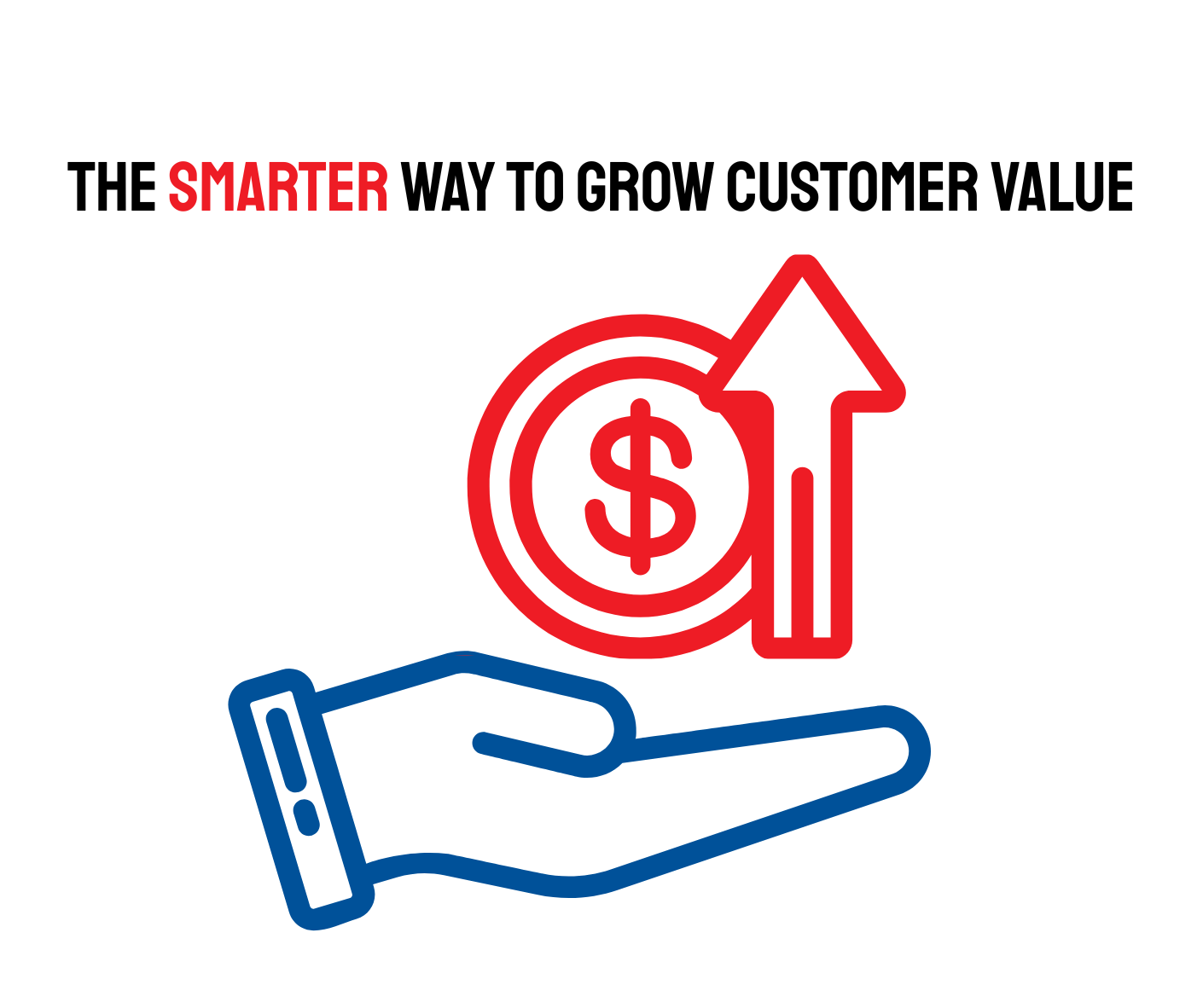AI for Small Businesses: Practical Steps to Boost Efficiency and Customer Engagement
AI tools are revolutionizing small businesses by boosting efficiency, automating repetitive tasks, and enhancing customer engagement. Start by identifying bottlenecks in operations or customer experience, then explore AI tools tailored to your needs. Begin small with solutions like chatbots for customer support or AI-powered scheduling tools to save time and resources.
~ 764 words — 3.5 min. read
Artificial Intelligence (AI) is no longer just for large enterprises—it’s leveling the playing field for small businesses, empowering them to operate smarter, save time, and deliver better customer experiences. Whether you’re running a local café or a growing e-commerce business, AI tools can help streamline operations and scale your efforts effectively. The challenge? Knowing where to begin.
Here’s how small business owners can get started with AI and see meaningful results.
Identify Pain Points in Your Business
The first step to integrating AI is identifying where it can have the most impact. Start by analyzing workflows, customer interactions, and daily tasks to uncover inefficiencies or repetitive processes that waste time and resources.
Ask yourself:
- Are you spending too much time on administrative tasks? Activities like scheduling, data entry, or invoicing often consume hours but don’t directly contribute to growth. AI-powered tools can handle these efficiently.
- Do you face customer service bottlenecks? Slow response times or an inability to provide 24/7 support can frustrate customers. AI chatbots and virtual assistants can handle inquiries, ensuring faster, seamless interactions.
- Is your marketing lacking personalization? Customers expect timely, tailored communications. AI tools can analyze customer data, predict needs, and deliver targeted campaigns that drive engagement and conversions.
Identifying these pain points will help you choose the right AI tools to streamline operations and enhance customer satisfaction.
Leverage AI for Time-Saving Automation
AI’s ability to automate repetitive tasks allows your team to focus on higher-value activities. By reducing manual processes, these tools improve efficiency, cut errors, and save time.
- Scheduling Tools: AI apps like Calendly or Motion coordinate calendars, suggest meeting times, and send reminders, streamlining appointment management.
- Accounting and Invoicing: Platforms like QuickBooks and Xero simplify bookkeeping by categorizing expenses, tracking cash flow, and generating reports. They also identify trends, enabling smarter financial decisions.
- Customer Support: Chatbots like ChatGPT, Intercom, or Zendesk AI provide 24/7 customer assistance, managing FAQs and escalating complex issues to human agents. This ensures fast, reliable service and reduces your team’s workload.
By starting small, AI automation can transform business processes, freeing up resources to focus on growth.
Enhance Customer Engagement with AI
Customers today expect quick, personalized, and seamless interactions at every touchpoint, and meeting these expectations is key to building loyalty and trust. AI tools make it easier to deliver this level of service without overburdening your team.
- Chatbots and Virtual Assistants: Tools like Intercom, Tidio, or Drift can provide instant responses to customer inquiries on your website or social media channels. These AI-driven assistants can handle everything from answering FAQs to processing basic transactions, ensuring your customers feel supported 24/7.
- Personalized Marketing: Platforms like HubSpot, Mailchimp, or ActiveCampaign use AI to analyze customer data—such as purchase history, browsing habits, or engagement patterns. With this data, they craft highly targeted and personalized email campaigns or promotions that resonate with individual customers, boosting conversion rates and driving repeat business.
Experiment Small and Scale Up
When integrating AI into your business, it’s important to start small and focus on tools that solve your most immediate challenges. Begin with one or two solutions that address critical areas, such as automating repetitive tasks or enhancing customer support. For example, you might implement an AI-powered scheduling tool or a chatbot to handle FAQs.
Track performance metrics like time saved, cost reductions, error rates, or improvements in customer satisfaction to measure the tool’s effectiveness. Regularly evaluate whether the AI solution is delivering measurable value. Once you see consistent results, you can confidently scale up by adding more advanced tools or expanding AI applications to other parts of your business.
Focus on User Training and Integration
For AI to truly deliver value, it’s essential that your team feels confident using the tools. Start by providing hands-on training to ensure employees understand how AI fits into their daily workflows and how it can make their jobs easier. Choose tools that integrate seamlessly with your existing systems, minimizing disruptions during adoption. Encourage open communication, addressing any concerns about usability or changes to processes. Consider designating a team member or hiring an expert to oversee AI implementation and troubleshoot issues. Proper training and integration not only maximize AI's impact but also foster team buy-in, ensuring long-term success.
The Takeaway
AI’s ability to drive small business success lies in its practicality. It’s not about replacing people but enabling teams to work smarter. By automating repetitive tasks and enhancing customer engagement, small businesses can gain a competitive edge in an increasingly digital marketplace.
Further Reading:
- How AI Is Revolutionizing Small Businesses - Harvard Business Review
- Top AI Tools for Small Businesses - Forbes
---
The Leavenworth-Lansing Area Chamber of Commerce is a private non-profit organization that aims to support the growth and development of local businesses and our regional economy. We strive to create content that not only educates but also fosters a sense of connection and collaboration among our readers. Join us as we explore topics such as economic development, networking opportunities, upcoming events, and success stories from our vibrant community. Our resources provide insights, advice, and news that are relevant to business owners, entrepreneurs, and community members alike. The Chamber has been granted license to publish this content provided by Chamber Today, a service of ChamberThink Strategies LLC.




